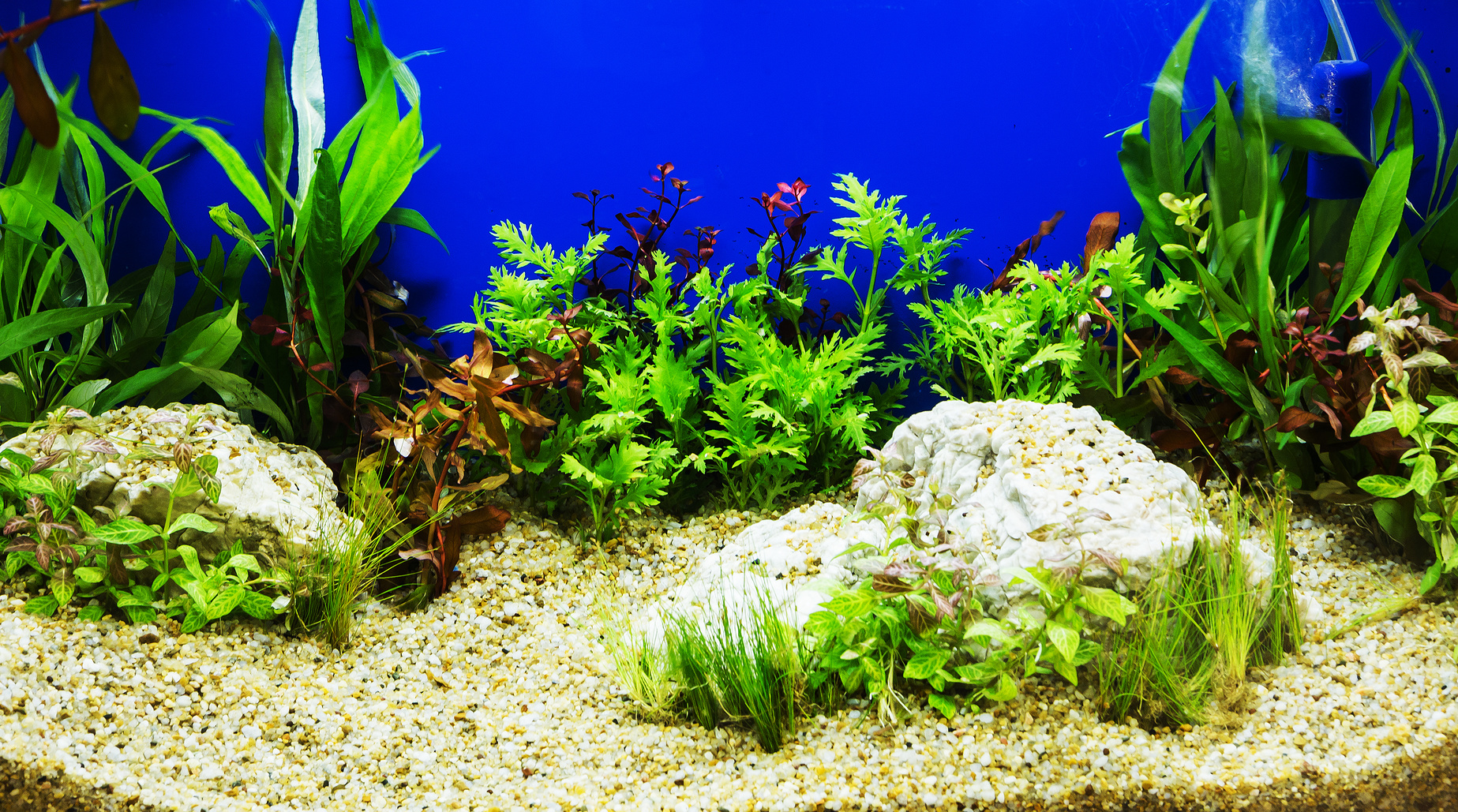A home aquarium is a wonderful addition to any house. However, it might not be such a welcome addition to your energy bill.
How do you have the aquarium of your dreams without spending too much extra money? Can you make sure that your aquarium is sustainable?
In this case, there is a way to have your cake and eat it, too. Read on to find out how to create a home aquarium that’s both beautiful and eco-friendly.
1. Don’t Use Too Many Plants
Adding in plants is a great way to decorate your aquarium. However, what many people don’t realise is plants have an effect on how much energy your tank will use each month. The more plants you have, the more energy that is needed to keep those plants alive.
A better option would be to mix live plants with plastic decorations, or just cut back on the number of live plants you introduce into your tiny ecosystem.
2. Use LED Lights
Speaking of lights, even changing the kind of lights you use can end up saving you money in the long run.
Make sure you’re buying the correct lights, first of all — if you opted out of plants and only have fish in your aquarium, you can save even more money by getting a fish-only light.
If you have fish and something like coral, LED lights are quickly becoming more affordable. They’re both customisable and good for the environment.
3. Avoid Saltwater Fish
A saltwater instead of freshwater fish can seem like a more exotic option for your home. However, saltwater fish require a saltwater aquarium — and those can cost more to maintain.
Saltwater aquariums cost more money than freshwater aquariums to maintain because of the extra energy they use. Since aquariums with saltwater need pumps and powerheads to make currents, they’re far more likely to run up your electric bill.
No saltwater fish means no need for a saltwater tank.
4. Buy Fish That Won’t Outgrow Your Home Aquarium
A great way to make sure you won’t have to replace your fish is to be sure you buy ones you don’t have to get rid of. An easy way to do this? Buy fish you know will fit in the tank.
Big fish, for example, will probably need a 500 litre tank. If you’re not planning on buying fish that will grow that large, you’ll likely do just fine with something like a 200 litre tank instead.
5. Use Energy-Saving Products
Finally, the best way to make sure your home aquarium is eco-friendly is to buy products you know will help you to save energy in the long run.
Buying equipment that is energy efficient, like an energy saving power strip, saves you money up front. To decorate the inside of your tank, opt for basic rocks or natural products. These won’t require lots of energy to keep alive, and you’ll be glad you made the decision when the electricity bill arrives at the end of the month.
With these five tips, you should be ready to create your eco-friendly aquarium.










